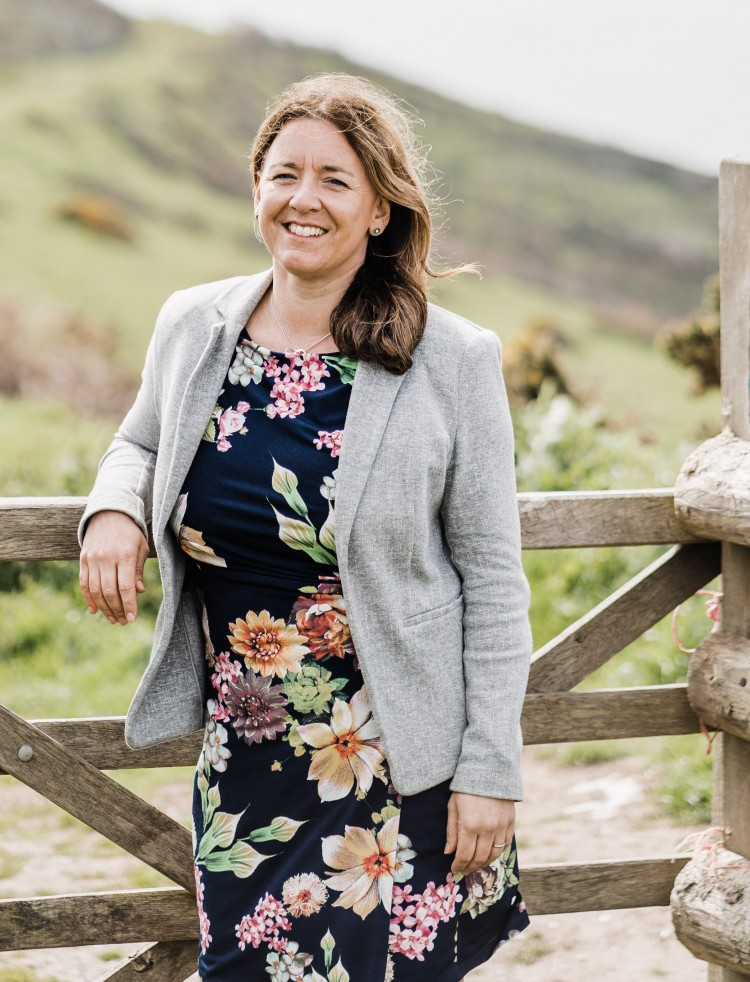T: 01822 851370 E: [email protected]
Visit RSN Survey about life in rural England to find out more.
New report highlights rural bus service at ‘historic low’

A new report by the County Council Network (CCN) and Systra has revealed that many services in rural areas are already in a state of ‘managed decline’. The State of County Buses claims the pandemic accelerated the situation, with the government’s much lauded National Bus Strategy doing very “little to address these issues.”
The findings echo those of the RSN’s Rural Lens Review on the National Bus Strategy which found that the money required to improve rural bus services did not match the amount allocated. Nor did the new National Strategy offer any real long-term solutions.
The CCN report attributes the decline in rural areas to the urban-bias in funding allocations. It says that two-thirds of the Government’s £1.1bn given to address the decline in bus services went to urban areas. It claims that these areas benefited from hundreds of millions of pounds more than their rural counterparts, despite “witnessing the smallest declines in passenger numbers in the lead up to the pandemic.”
Figures cited in the report reveal that “the 37 largest county and rural authorities – representing almost half of England’s population – submitted Bus Service Improvement Plan (BSIP) bids which collectively totalled £3.6bn, but these councils only received 10% – £363m – of the funding requested, with urban areas receiving £739m.”
Cllr Stephen Giles-Medhurst, Transport Spokesperson for the County Councils Network, said:
“Buses have long been a lifeline for many people in rural areas, particularly the elderly and the disadvantaged. But outside of London and the cities, far too many services are at best, patchy, and at worst, non-existent. The pandemic has accelerated the trend of declining usage and journey are now at a historic low.
“We had high hopes for the Government’s National Bus Strategy, especially as the support for services during the pandemic was comprehensive. But many county areas were left felt let down with their funding allocations, with the majority of fund being directed to the places that arguably needed the least help.
“As their bids for the funding showed, councils have serious ambitions when it comes to improving and modernising their bus services. But it is increasingly likely that reversing the decline in passengers is a challenge to picked up by a future government, and today’s report sets out a number of recommendations to transform local services. Failure to act will keep buses in county areas in a state of managed decline, with consequences for our residents.”
The report comes as the Government launches its new summer campaign to boost bus travel this summer. Take the Bus is aimed at older people and encourages them to make the most of free bus travel.
Transport Secretary Mark Harper said:
“We want those eligible to embrace all the benefits their concessionary pass can bring, with free bus travel allowing them to enjoy great trips out – all they need to do is ‘take the bus’.
“Around £1 billion a year of central and local government funding goes towards concessionary passes to help older and disabled people get out and about while saving them money and helping grow the economy.”
 |
However, RSN Chief Executive, Kerry Booth, believes the policy needs to match the rhetoric:
|



